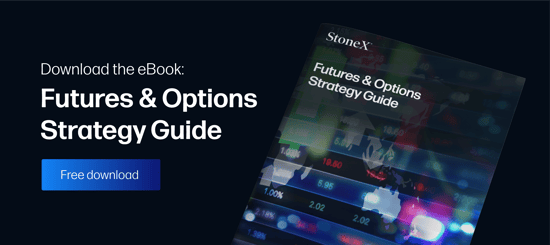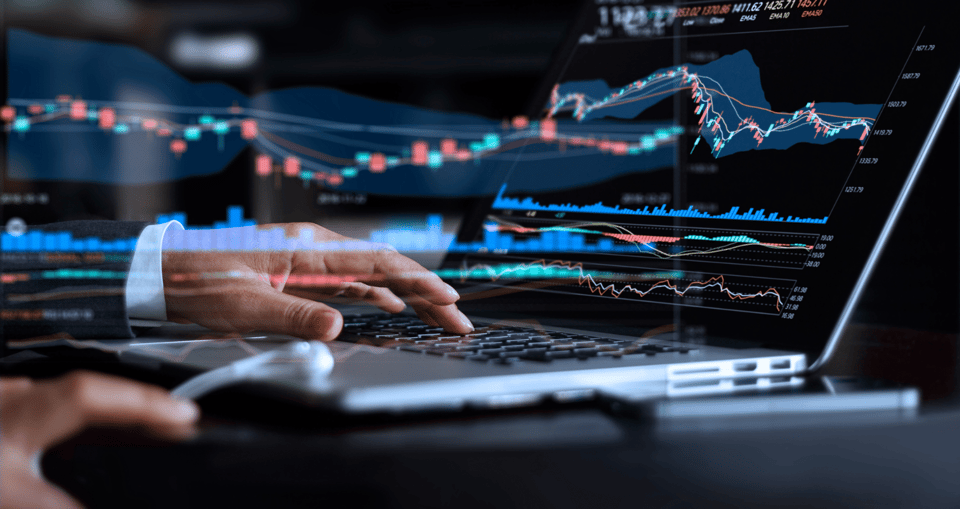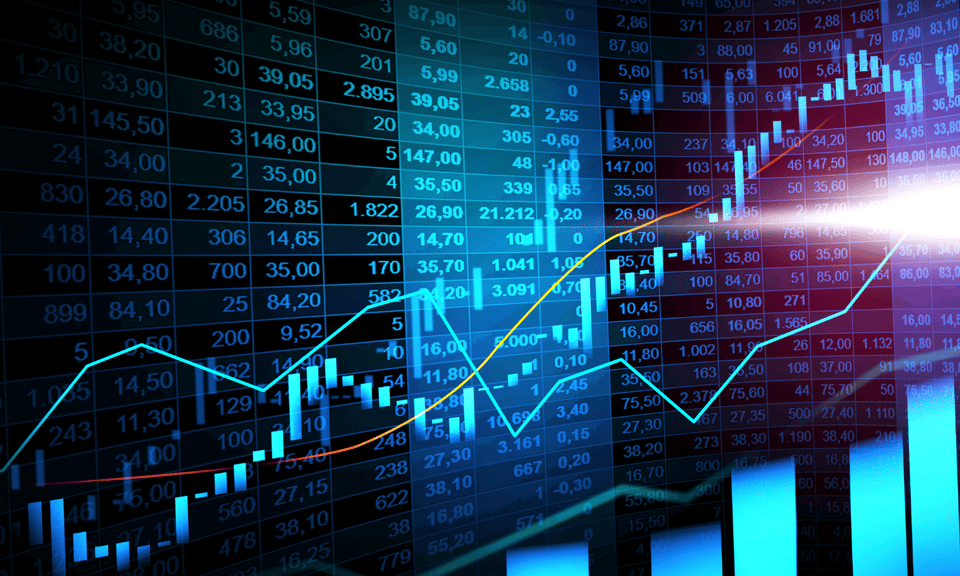Active futures trading offers many ways of capitalizing on opportunities. Among the most popular are identifying markets that are becoming overbought and oversold. One powerful tool that excels in this discipline is the stochastic oscillator.
What Is the Stochastic Oscillator?
According to Investopedia, the stochastic oscillator is a “momentum indicator comparing a particular closing price of a security to a range of its prices over a certain period of time.” In other words, it is the study of a security’s current price to a collection of its periodic high and low values.
Financial analyst Dr. George Lane invented stochastics in the late 1950s. Originally, the indicator was intended to examine stocks, but it has since been adapted to futures, forex, and debt products. Stochastics may be implemented on all time frames and combined with other technicals, including Fibonacci retracements and Elliott Wave counts.
The Derivation of the Stochastic Oscillator
The variables for the oscillator are:
- C is the latest closing price
- Lowest Price is the market’s periodic bottom
- Highest Price is the market’s periodic top
The formulas are:
- %K = ([C – Lowest Price]/[Highest Price – Lowest Price]) ⨉ 100
- %D = 3-Period Simple Moving Average of %K
Now, let’s dig into the components of this powerful technical tool, what they mean, and how they are used.
The %K Line
The stochastic oscillator exists as two lines that move or “oscillate” between established upper and lower bounds. The first line is known as the fast stochastic or “%K line.” The %K line is the current value of the indicator, and here is how it is calculated:
%K = ([C – Lowest Price]/[Highest Price – Lowest Price]) ⨉ 100
As you can see, the %K line is decimalized and represented as a numeric figure between 0 and 100. Also, the periodicity of the %K line may be customized but has traditionally been defined as 14.
The %D Line
Although the %D line appears to be somewhat abstract, it is conceptually simple. The %D line or slow stochastic is a periodic simple moving average (SMA) of the %K line. It is calculated as follows:
%D = 3-Period Simple Moving Average of %K
In most cases, the %D line is a three-period SMA of the %K line; however, the periodicity of the %D line may be altered to reflect the user’s preference. The greater the period, the “slower” the calculation; if set to 1, the %D line and %K line are equivalent.
Interpretations and Applications
The stochastic oscillator was devised as a momentum indicator, meaning that it is intended to measure the relative velocity of the market. It’s not meant to be a trend indicator or to create support and resistance levels. Stochastics are designed to signal the exhaustion or acceleration of price action itself.
To accomplish this feat, both the %K line and %D line move or “oscillate” between the values of 0 and 100. In doing so, they signal when a market is becoming overbought or oversold:
- Overbought: A market is considered overbought when the stochastic reading is above 80. In response, traders may consider shorting the market because the upward momentum of price is fading.
- Oversold: A market is considered oversold when the stochastic reading falls below 20. Should this be the case, a long position may be warranted to capitalize on a periodic bullish reversal.
Although the stochastic oscillator is frequently used to trade market reversals, it is important to remember that no indicator is infallible. Often, trending markets can remain in overbought or oversold territory for extended periods of time.
Unfortunately, this can lead to the creation of false trading signals and subsequent capital loss. To mitigate this risk, one approach is to combine stochastics with other studies, such as moving averages, Fibonacci tools, or pivot points.
Understanding how stochastics are used to identify overbought and oversold markets is only one facet of the indicator. Phenomena such as stochastic divergence and %K and %D crossovers may also be incorporated into almost any technical trading strategy. As always, education is a key part of becoming competent with stochastics—and becoming a profitable market technician.



